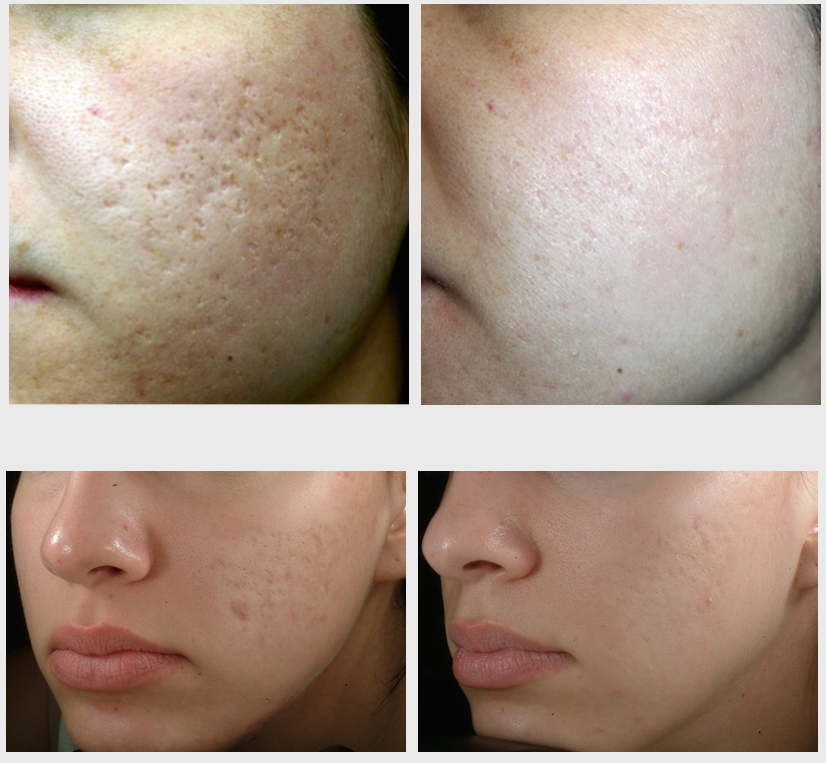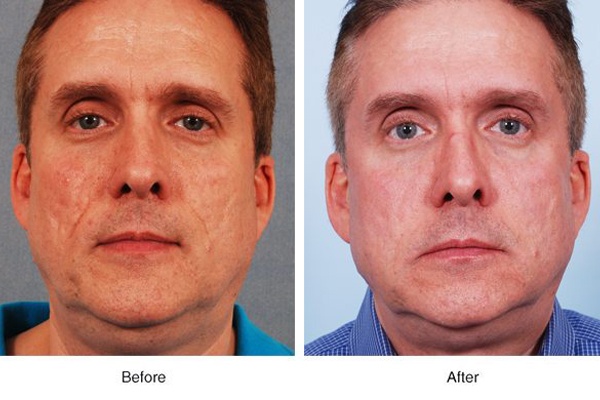Professional Acne and Acne Scars Treatment: Lasting Results for Clearer Skin
Professional Acne and Acne Scars Treatment: Lasting Results for Clearer Skin
Blog Article
Exploring Skin Conditions: Treating and identifying Acne Scars for Healthier Skin
Acne scars represent a significant concern for people looking for to maintain healthy and balanced skin, as they can impact both appearance and self-worth. Comprehending the different kinds of marks, from atrophic to hypertrophic, is necessary for figuring out suitable therapy choices. While professional treatments like chemical peels and microneedling can be efficient, the importance of individualized care strategies can not be overstated. Preventative steps play a crucial function in minimizing future scarring. As we check out these facets, one need to consider exactly how the right technique can lead to transformative outcomes.
Comprehending Acne Marks
Understanding acne scars is vital for anyone who has actually experienced extreme acne, as these marks can have a long lasting influence on both physical look and emotional well-being. When the skin undertakes inflammatory responses during active acne lesions, acne scars develop. The extent of scarring is often influenced by elements such as the kind of acne, its period, and specific skin features.
The body's all-natural recovery process can result in either atrophic scars, which look like anxieties in the skin, or hypertrophic scars, which are raised and result from overflow of collagen. Additionally, the psychological toll of acne marks must not be taken too lightly; many people report feelings of shame, stress and anxiety, and reduced self-esteem. This psychological burden can influence social communications and total lifestyle.
Addressing acne marks calls for a thorough understanding of their development and influence. Understanding of the capacity for long-lasting consequences connected with untreated marks can encourage people to seek suitable treatments. Early treatment and efficient administration techniques can significantly improve skin look and improve mental resilience, stressing the relevance of comprehending the complexities surrounding acne marks.
Types of Acne Scars
Acne marks can be categorized into distinctive kinds, each displaying distinct characteristics and calling for certain treatment strategies. The key types of acne marks include atrophic, hypertrophic, and keloid marks.

Hypertrophic marks, on the other hand, are raised above the skin degree and are the outcome of excessive collagen manufacturing during the healing process. They commonly remain within the boundaries of the original acne lesion. Keloid scars are comparable however expand past the initial injury website, forming larger, raised areas that can be agonizing or itchy.
Recognizing these kinds of scars is important for choosing ideal therapy choices. Various marks may react much better to particular therapies, such as laser treatments, fillers, or surgical interventions, emphasizing the importance of a tailored approach to acne mark management.
Recognizing Your Marks
When assessing the appearance of your skin, it is essential to properly identify the kind of marks existing, as this will inform the most effective therapy approach. Acne scars generally come under 2 classifications: atrophic and hypertrophic scars. Atrophic marks, which are one of the most typical, appear as depressions or impressions on the skin. These can Read Full Report better be categorized into ice-pick scars, boxcar marks, and rolling scars, each exhibiting distinctive attributes and needing various strategies for analysis.
Hypertrophic scars, on the various other hand, are raised and take place due to too much collagen production throughout the healing procedure. Recognizing the certain features of your marks-- such as appearance, depth, and width-- is crucial for proper recognition. Additionally, think about the circulation of scars across your skin, as this can show the severity and duration of the acne problem.
Involving with a skin specialist can give valuable insights right into the nature of your marks, aiding in the differentiation in between numerous types. A complete understanding of your marks will ultimately cause an extra customized and effective treatment strategy, making certain a clearer and healthier skin.
Therapy Options Offered
Recognizing the specific sort of acne scars present on your skin prepares for discovering effective treatment options. Common kinds of acne scars include atrophic (clinically depressed), hypertrophic (increased), and post-inflammatory erythema.
For atrophic scars, choices such as chemical peels, microneedling, and laser resurfacing are extensively used. Chemical peels make use of acids to get rid of the external layer of skin, promoting new cell growth.
Hypertrophic marks can be treated with corticosteroid shots to squash the scar or laser therapy to decrease redness and improve look. acne scars treatment. Silicone gel sheets and pressure dressings may also aid in taking care of increased scars
Furthermore, facial fillers can momentarily complete anxieties from atrophic scars, while medical excision might be suitable for severe instances. Each therapy option has its considerations and benefits, making it important to seek advice from a skin specialist. They can offer personalized referrals based on the kind and seriousness of your scars, along with your skin type and overall wellness.
Tips for Prevention
Reliable prevention strategies can dramatically minimize the likelihood of creating acne scars. The primary step is to keep a constant skin care routine that consists of gentle cleaning, exfoliation, and hydrating. Using non-comedogenic items helps stop clogged pores, which can worsen acne. Additionally, including topical treatments consisting of salicylic acid or benzoyl peroxide can efficiently take care of breakouts and lessen swelling.
Preventing need to pop or choose acne sores is essential, as this can bring about much deeper skin damage and enhance the risk of scarring. Instead, consider utilizing a chilly compress or over-the-counter therapies to reduce swelling and soreness.
Sunlight protection is another vital element of avoidance; ultraviolet (UV) rays can dim marks and hinder the healing process. Applying a broad-spectrum sunscreen with at the very look these up least SPF 30 daily can safeguard the skin and promote even healing.
Lastly, preserving a well balanced diet plan abundant in anti-oxidants, minerals, and vitamins sustains skin health and healing. Remaining hydrated and handling stress and anxiety levels can likewise play a significant function in reducing acne flare-ups. By carrying out these strategies, individuals can dramatically reduce their opportunities of establishing acne marks.

Final Thought
In final thought, understanding and determining acne scars is essential for efficient therapy and attaining much healthier skin. Different types of acne marks, consisting of atrophic and hypertrophic marks, require particular interventions customized to private needs.
The body's natural healing process can result in either atrophic scars, which show up as anxieties in the skin, or hypertrophic scars, which are increased and result from overflow of collagen. They are more split right into three subtypes: ice choice marks, boxcar scars, and rolling marks. Acne scars check my blog generally drop into 2 categories: hypertrophic and atrophic marks. These can further be identified into ice-pick marks, boxcar scars, and rolling marks, each displaying distinctive attributes and requiring various approaches for evaluation.
Various kinds of acne marks, including hypertrophic and atrophic scars, demand particular treatments tailored to specific needs.
Report this page